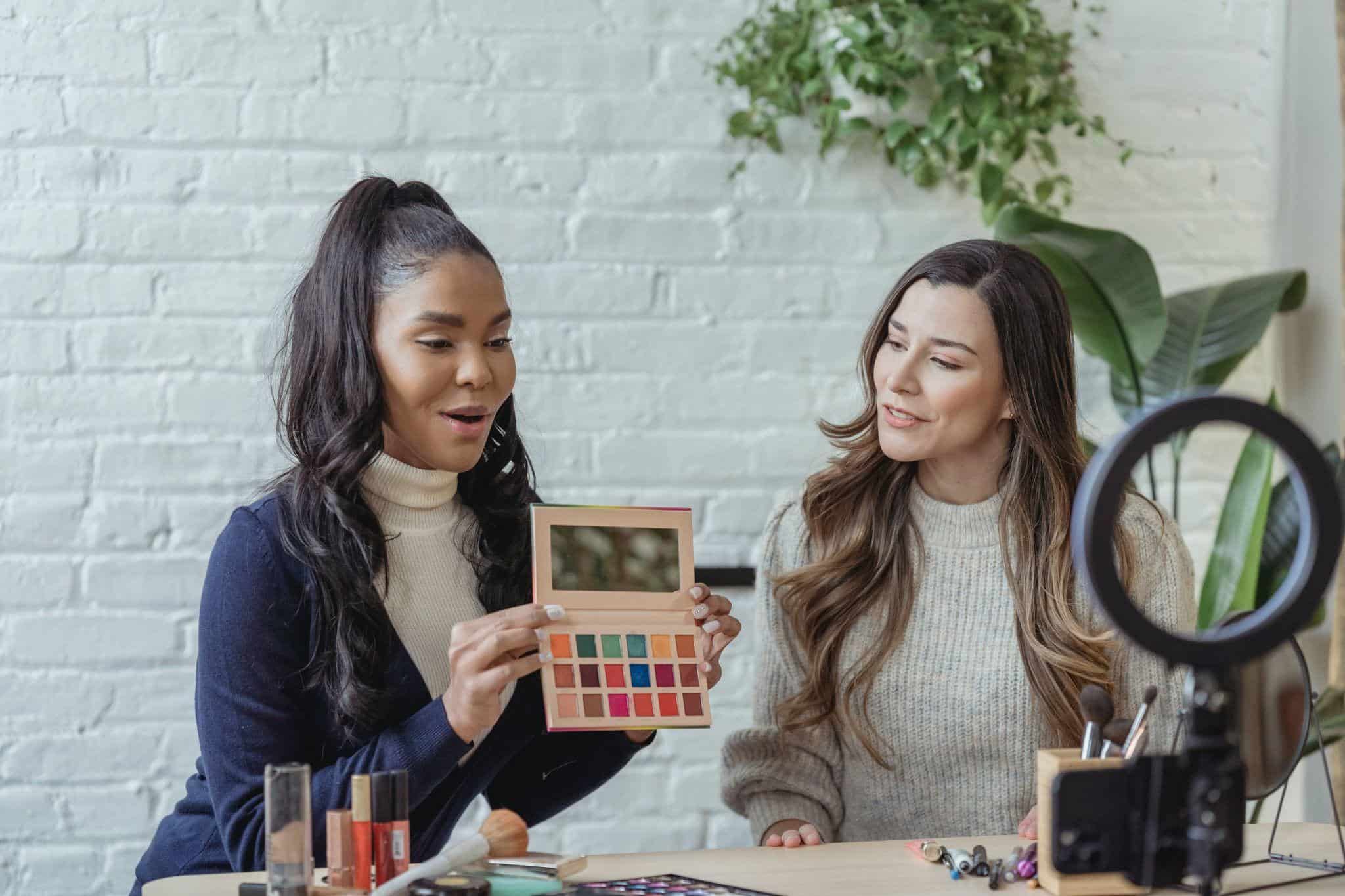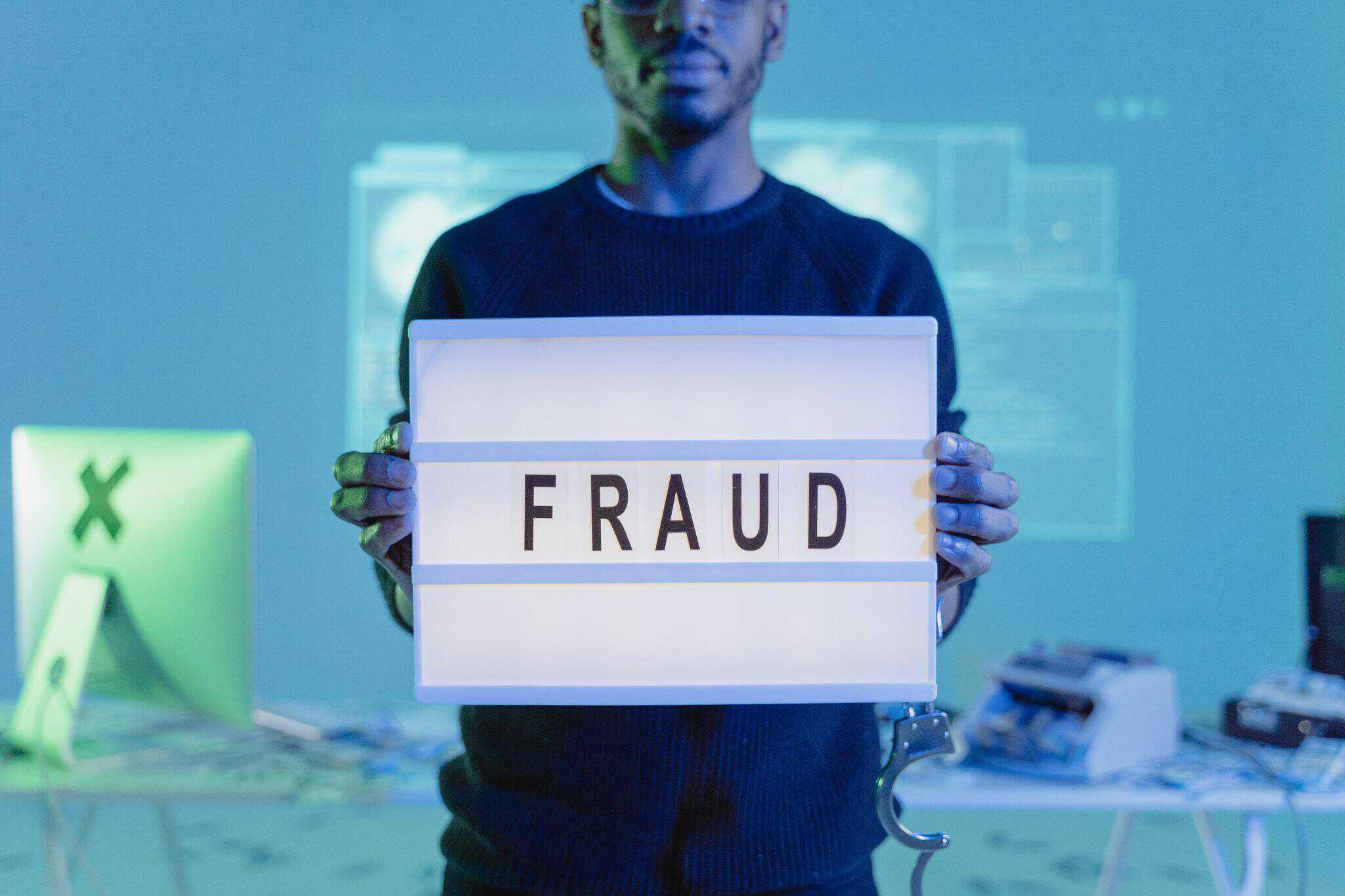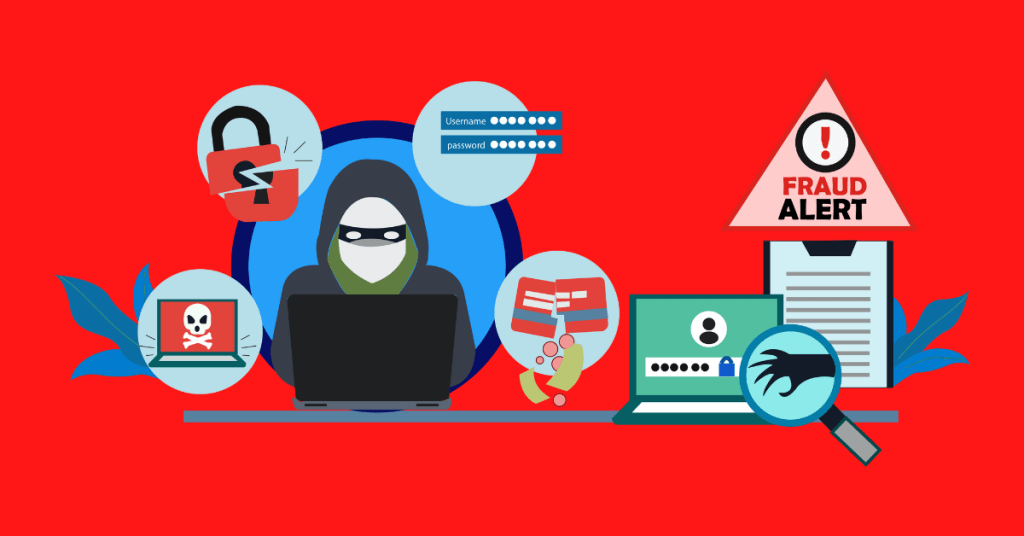In this hyper-digital era, any business wanting to cut through the noise and make an impact with its marketing has a big hill to climb. It’s harder than ever to stand out in a sea of content, and nothing says ‘quality, trustworthy, must-have product’ like a direct shout-out from an influencer with a loyal following.
According to recent data published by Inmar Intelligence, 84% of consumers report that they have made purchases based on recommendations made by influencers. Brand influencer marketing is real, it’s powerful, and it’s big business. Still, as with anything that offers big wins, making these deals comes with risk, and brands must protect themselves from making a deal with the devil.

What is influencer fraud?
Influencer fraud occurs when fraudulent and/or imposter influencers enter agreements with brands to promote their products as part of a marketing campaign. These ‘influencers’ are either genuine, ‘wannabe’ influencers who are fraudulently inflating their following and post engagement, or imposters with entirely fake accounts. Either way, the brand is duped, with the agreed post either never being published, or being published to a large following pool of fake accounts.
Genuine influencers build a meaningful connection with their audience over time. By authentically sharing quality content, they attract a growing pool of followers who genuinely value the influencer’s opinions, engage with their posts, and will often act upon recommendations the influencer makes. These are the followers that brands seek to access through the influencer’s voice and content.
While influencer fraud is a real risk that you must carefully mitigate to avoid damage to your brand and reputation, there are ways to minimize the risks. Working with legitimate influencers can be an extremely powerful strategy in online marketing, and it needn’t be avoided, just carefully managed.
The worst case scenario as a victim of influencer fraud is that the damages are significant enough to warrant taking action. Of course, where this line may be drawn will differ between firms, but ultimately, fraudsters should be held accountable for their actions and the losses incurred by their victims. When it comes to taking action, and how to sue someone who owes you money, many will head for the small claims court. The process and claim amount limitations differ between states, so it’s important to do your research when considering this option.
Ideally, becoming the victim of influencer fraud can be avoided altogether by knowing what to look out for and how to protect yourself. Here is a guide to help you understand the most common types of influencer fraud, how to spot them, and how to best avoid being duped.
The most common types of influencer fraud
There are a few ways that influencers (or hackers) can attempt to pull the wool over our eyes. Here are the most common types to look out for.
Buying fake followers
One of the most common examples of influencer fraud is the buying of fake followers to make an account look far more popular and influential than it truly is. According to the latest data, there are more than 40,000 searches of the term ‘buy Instagram followers’ on Google each month.
Buying fake followers is a particularly popular hack that Instagram users employ to bolster their online appearance. There are also many other platforms that use AI (artificial intelligence) hacks to artificially create large volumes of ‘likes’ and followers.
Buying followers and likes is also relatively cheap, so it sadly isn’t rare to come across an influencer who is promoting far more reach than they actually have. Signs to look out for include:
- A sudden, dramatic increase in followers. If an account experiences a sudden spike in the number of followers, it’s likely that they have purchased them. If an influencer’s content has gone viral, this can explain a sudden increase in followers, but after that, follower growth should become steady, and not repeatedly spike.
- The account attracts significantly lower engagement than would be expected, given its follower count. If an account boasts 50K followers, yet only a handful of people are consistently interacting with their posts (via likes and comments), that’s a big red flag.
- Even if the level of post interaction is relatively high, if the number of likes and the nature of the comments is virtually the same for all posts, they may not be genuine reactions.
- If there are many comments that appear to be completely unrelated to the account’s content, there’s a good chance of foul play.
- When an account buys fake followers, its follower list is full of – you guessed it, fake accounts. These accounts will often feature usernames made up of random letters and numbers and/or will feature little to no content, information, or profile picture. Not all fake accounts are quite so bare, though, although the generic nature of the content that does get posted is not hard to spot
Faking engagement via bots or pods
Instead of directly increasing followers by buying them, some accounts seek to gain credibility by boosting engagement with their posts in an underhanded way.
Fake engagement bots can be used to trick social media algorithms into furthering the reach of an influencer’s account. Another popular way of faking engagement levels is through groups called ‘engagement pods.’
Engagement pods are groups of Instagrammers who come together and agree to comment and ‘like’ each other’s posts. These groups are usually created in direct messaging on Instagram. Pods may occasionally involve users who have a genuine interest in championing and purchasing particular products, but usually, their only intention is to artificially inflate each other’s perceived popularity.
Tell-tale signs of fake engagement on social media posts are much the same as the signs of fake followers; unrelated comments, accounts followed by many fake accounts (random names, no profile pictures, etc.), a virtually identical number of comments and likes for each post, and repetitive, generic comments like ‘Amazing’, or ‘Wow!’
Impersonating genuine influencers
Sometimes, the influencer themselves is being targeted, and brands get caught in the crossfire. When a scam artist sets up an account and (likely) buys followers to pose as a legitimate, real-life influencer, they then have a platform from which to defraud brands. They will also often set up an email address that furthers the appearance that they are who they say they are.
These fraudsters will typically reach out to brands requesting products or payment in exchange for a positive post featuring the brand, but once they receive the money or goods, they are never heard from again.
Accepting payment but never posting
Not all influencer fraud involves fake accounts. In some cases, genuine influencers accept payment from brands but then fail to follow through and post the agreed review or shout-out to the product.
This may occasionally be an oversight by an influencer that just needs a gentle nudge. Still, in many cases, brands can be left high and dry; having made a payment in good faith, and with few options for recourse, they are left out of pocket with no influencer post to show for it.
This is why it is so important to do your due diligence when it comes to paying an influencer for a post. Not only must you check that the account is legitimate, but you must be careful about what arrangement you enter. For example, partial payments (i.e., half up front, half after the post is uploaded) can help to avoid agreements being broken, as can going a step further and drawing up a contractual agreement. Going as far as getting a written agreement in place may seem like overkill, but it can protect you from being duped, especially if the agreement is worth a considerable sum.
The Dangers of Influencer Fraud
Falling prey to influencer fraud can certainly sting, and the extent of damage caused can vary. The primary dangers of falling for influencer fraud include:
Wasted time
Brands often spend many (many) hours sourcing and liaising with influencers to create optimal campaign content and arrangements. When defrauded by imposters, this time and productivity are not only wasted, but the outcome can also cause motivation and optimism to naturally take a hit.
Lost money
Losing money is the main concern for brands when they navigate the world of influencer marketing and the potential for fraud. Of course, depending on the size and nature of the agreement, the amount of money lost can vary significantly.
Research tells us that the potential amount of money that brands can lose through influencer fraud differs depending on the size of the ‘influencer’s’ following. For fraudulent influencers boasting in excess of 100,000 followers, an average of $300 per post is lost. In comparison, posts promised by fraudulent influencers claiming to have a few thousand followers generally average under the $50 mark.
Given that the extent of the monetary loss can be heftier when dealing with accounts with a significant following, creating a marketing strategy that focuses more on diversifying reach across a variety of micro-influencers can help to mitigate risk.
Reputation damage
Even if a brand is the victim of falling prey to a fraudulent influencer through no fault of its own, it can still reflect badly on the brand’s reputation. Even if they manage to avoid the public perception that they were in on the fraud, consumers can still come to view the brand’s business acumen as subpar.
While it may not be accurate or fair for any reputational damage to result from being defrauded, it can and does happen, making it all the more important to carefully vet who you are working with.
Tips for avoiding influencer fraud
Now that we’ve established that being the victim of influencer fraud can be costly in multiple ways, it’s time to look at how brands can best avoid it.
Thankfully, there are a number of ways to effectively mitigate the risks, and most scams are actually quite easy to spot once you become familiar with what to look out for. Here are some top tips for spotting and avoiding influencer fraud:
- Do your due diligence – take the time to check over what you can regarding the influencer you’re thinking of working with; are there any other reputable brands that have worked with them before? Does google bring up anything iffy about them? Do your research.
- Be willing to jump ship at any time – if you’re near the finish line in your negotiations, but something just feels off, be prepared to walk away. This is not the time to implement the attitude of ‘I’ve started, so I’ll finish.’ Trust your gut instincts.
- Become an account sleuth – are there any inconsistencies in the amount of post engagement they attract in relation to the number of followers? Do any of the comments look like bot activity? Do their followers seem genuine, or do they all have suspicious handles and little-to-no content of their own?
- Step back and observe – once you have identified a potential influencer that you might like to work with, take some time to step back and observe their activity and account – are there any sudden spikes in the number of followers? Do they have a large number of followers but very little content?
- Get a contract in place – these days, digital forms make creating and signing contracts a breeze, so there’s no reason to skip getting a good contractual agreement in place. It needn’t be complicated, and it may be enough to scare any fraudulent influencers off.
- Withhold part-payment – more is needed to protect you from fraudsters, as most will gladly still take the upfront payment than nothing at all. Still, it can help to implement a half now, half later arrangement to help ensure that your brand’s post is featured and minimizes your losses in the event that you are being scammed.

Influencers themselves can be victims of fraud
It’s important to note that not all influencer-related fraud is within the influencer’s control. In some instances, bot-related activity can appear on a genuine influencer’s content without their consent. The larger the following, the more likely an influencer’s account will attract spammy activity.
In addition, sudden spikes in followers can be related to an influencer hitting the jackpot with some viral content, so be careful not to immediately jump to conclusions. A legitimate influencer can also be mimicked through a fake account without their knowledge. Genuine influencers and brands can work together to minimize the damage that fraudsters cause by looking out for each other.
Quick review on Influencer Fraud
Influencer marketing is big business and can be an extremely effective way for brands to significantly widen their reach and boost their credibility. Yes, influencer fraud is a legitimate concern that must be carefully managed, but so long as you familiarize yourself with the red flags, remain diligent in your observations, and put measures in place to protect you, you stand far less chance of being duped.


